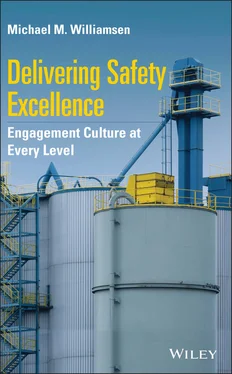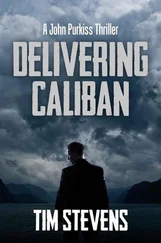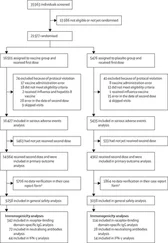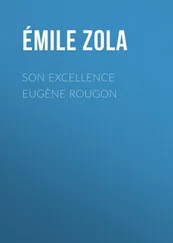They schedule another two‐hour time block that, when it occurs, kicks off another practical teaching. This one‐on‐one event is all about how to improve a dysfunctional culture which has too much to do, for too few people, with too little time available for fixing all the needs.
The Doc shared his many years of experience working as someone who came into a company or organization which was in serious risk of going under (bankrupt). It seemed strange to the Doc that, almost without exception, there was a significant resistance to making change/improvement in a culture that most people thought to be terminally sick. Since he was the change agent, he experienced lots of resistance from these organizations which had become comfortable with their weak status quo. After a few rounds, the Doc came to a personal conclusion that most of these struggling cultures fit a 5‐5‐90 model:
Five percent of the people would do whatever they could to help you make the necessary improvements, the “developers.”
Five percent would do whatever they could to fight any changes, the “resisters” (or CAVEmen [Citizens Against Virtually Everything]).
Ninety percent would go in and out with the tide as organizational ebbs and flows occurred. This 90% group had a common motto: “Just tell me what to do so I can do my job.” They were a picture of sheep following whichever shepherd was in charge.In the beginning of such a turnaround assignment the vocal, aggressive, negative group always had the upper hand in a weak organization with poor leadership. Thus, the turnaround leader seemed to always engage in an uphill battle, kind of like the legendary Greek mythology character, Sisyphus, who was condemned to an eternity of rolling a boulder uphill, then watching it roll back down again. Only in our safety culture scenario, there are 95% of the organization's people pushing back against the needed uphill battle against change.
The vocal and aggressive “resisters” seemed to never let up. The Doc shared about the time he told his wife that he was like an elephant on a tightrope performing in a circus. The bad news was that there were people in the stands paid to snipe at him and that being a big target he took hits on a regular basis. The good news was that he had a thick skin and would keep relentlessly moving forward, provided he could keep his focus on the goals of what needed to be done.
There was a lesson from this that has stayed with the Doc. At first the Doc frequently got angry with the Cavemen who were always a thorn in his side. Then one day at a lunch a good friend calmly listened to the Doc's litany of complaints and associated anger. As the Doc paused briefly “to come up for air” the friend shared a life‐changing lesson: weak people avenge; strong people forgive; intelligent people forget . Additionally, his friend shared another of his observations, these trouble makers would continue spreading their venom and one day their attitude and poison actions would return to cause them significant trouble. “What goes around, comes around.” “A man cannot escape his past. The best he can hope for is to outrun it for a while.” The Doc then added “Aaron you should keep these lessons in mind. As a change agent you will always have back biters, or worse, to deal with.” “Put your energy where it will benefit yours and the organization's needs. Anger only steals your ability to focus and make the necessary improvements.”
In order to have a rapid turnaround success the Doc discovered that his and the organization's efforts and scarce resources needed to be focused on working with the “developers.” These are the people who are able to participate in actively digging themselves out of the poor performance holes. As the efforts to improvement begin to take place there is always too much to do, by too few people to do it. And thus the telling question Aaron called about was the constant question. “How to effectively and efficiently prioritize the mountain of ‘to do items?’ The Doc's answer was that through the years a simple 2 × 2 matrix, termed an ROI matrix ( Figure 3.1), provided the necessary focus. The ROI uses no upper division math and has worked in every circumstance where this priority difficulty has existed.
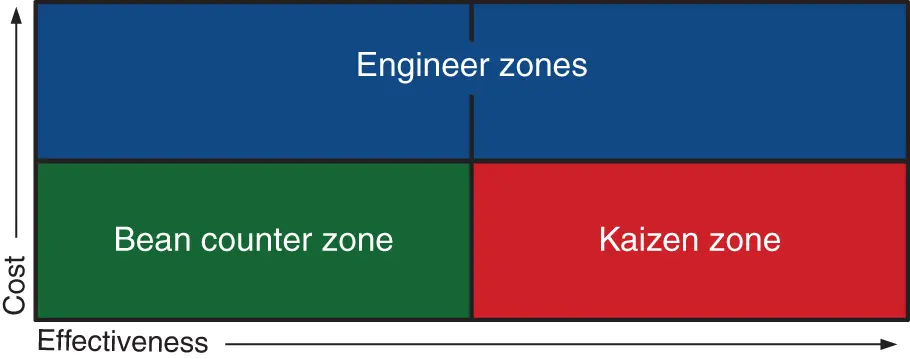
Figure 3.1 The ROI matrix.
ROI – What to focus on in the world of never ending things to do.
Over the years the Doc has dealt with a large number of organizations that have needed huge amounts of improvement. When their people honestly wrote down all they needed to improve, the list could fill several flip charts/white boards. Despair would then set in as the hourly and salaried improvement team leaders recognized there was too much to do and not enough time, money, or personnel to do all the work that was glaring at them in the face. Once these groups began using the concept of a simplified ROI Matrix they were easily able to prioritize the numerous difficulties, without using the typically challenging economics math.
To use this concept, the facilitator makes a 2 × 2 chart like the one in Figure 3.1which shows cost versus effectiveness. After some lighthearted give and take, they are able to determine what high cost and high effectiveness looks like to the frontline dominated organization. The facility manager gets put on the spot and has to answer the question of how much funding they can locally provide and what kind of return they would expect for that amount of money. An example would be something like “$10,000 and the elimination of at least one medical injury.” The team now has the management's approved upper limits set for the ROI Matrix team exercise.
The upper right‐hand quadrant ( Figure 3.1) is for the high‐cost, highly effective solutions. This usually involves a fair amount of capital expense, like purchasing and installing new equipment. The upper left‐hand quadrant is the high‐cost, low‐effectiveness zone, in other words, “I thought I was doing the right job by spending this money, but indeed, I was not.” The Doc called these two the “engineer zones” because generally high‐cost items are more technically challenging in nature and engineers often like to work on technically challenging projects. The lower left zone is the low‐cost, low‐effectiveness solution. He affectionately called that the “bean counter” or “accountant zone.” A common paradigm deals with money people seemingly being interested in cheap, but not necessarily effective solutions. The lower right low‐cost, highly effective quadrant is the “endless kaizen zone” (“kaizen” is a Japanese word that translates to small changes forever, or continuous improvement).
As the team focuses on the many potential solutions to its problems they put up an ROI Matrix . Each member of the team talks about a particular solution which interests them. The group then engages in an energetic discussion, as to both cost and effectiveness. Examples could include things like painting guard rails, launching an observation program, fixing a weak incident investigation system, etc. The team then cooperatively works together to place each one of the potential solutions in its appropriate location on the ROI Matrix . As this teamwork exercise progresses, it quickly becomes evident where to focus the scarce available resources. Thus the team uses a very effective visual mechanism which drives overall engagement and agreement for quickly sorting and prioritizing work to be carried out by the continuous improvement teams.
Aaron receives his challenge from the Doc: “If you have too much to work on, with too little time and financial resources to do so, why not try this kind of ROI Matrix approach?” “And who do you work with using this approach?” “Most of your time needs to be spent leading the improvement efforts with those who would engage with you to accomplish needed tasks, and you just have to put up with the incoming negative efforts of the ‘Cavemen’.” “Welcome to the real world of organizational change Aaron!”
Читать дальше
